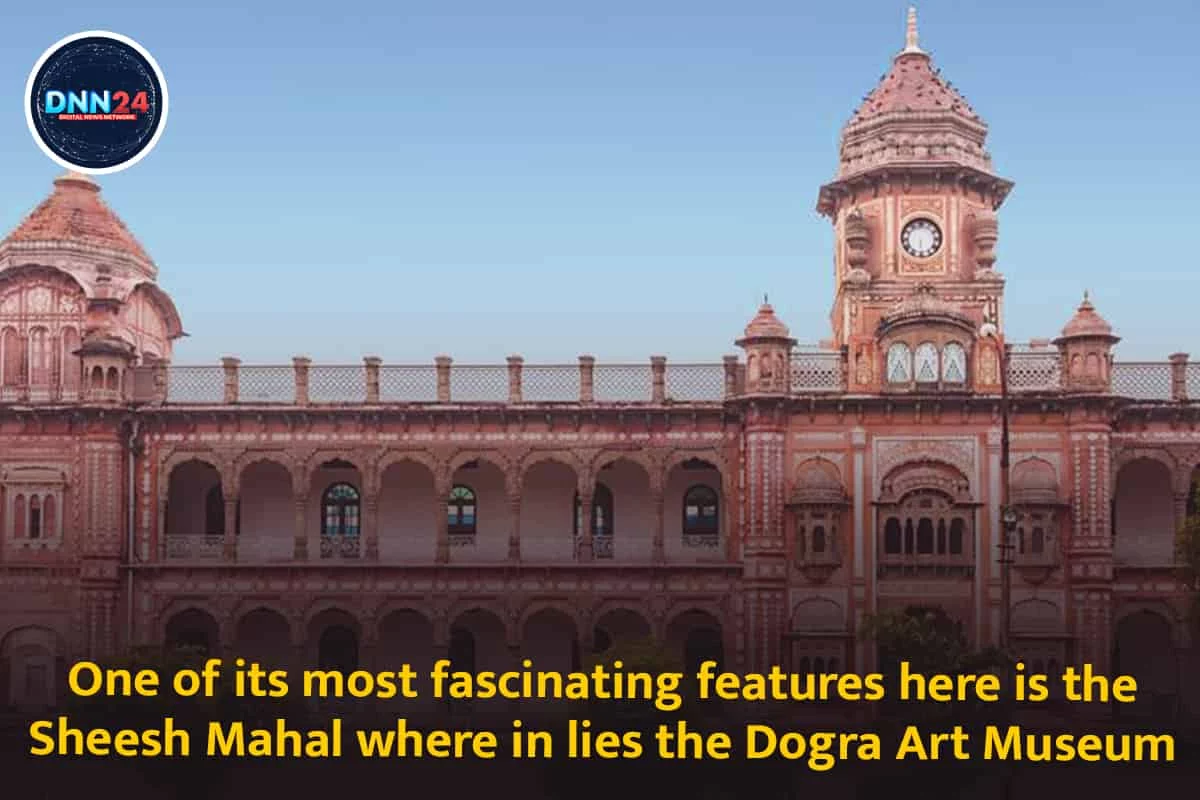Free Courses Sale ends Soon, Get It Now


Free Courses Sale ends Soon, Get It Now



Copyright infringement not intended
Picture Courtesy: dnn24.com
Context: The project to recreate the past glory of Srinagar's Maharaj Gunj market is aimed at preserving and reviving the Dogra architecture.
Maharaj Gunj market
Dogra Architecture: A Blend of Hindu, Islamic and Sikh Styles
Features of Dogra Architecture
Examples of Dogra Architecture
|
Mubarak Mandi Palace |
●This was the royal residence of the Dogra kings in Jammu city. It was built over a period of 150 years from 1824 to 1970. ●It consists of several buildings, each with a different style and function. The most prominent building is the Sheesh Mahal, which has a large dome with a shikhara on top. The dome is covered with gold leaf and mirrors, creating a dazzling effect. ●The palace also has a Darbar Hall, where the kings held their court, a Pink Hall, which houses a museum, and a Gol Ghar, which was used as a granary. |
|
Bahu Fort |
●This is an ancient fort located on the banks of the Tawi River in Jammu city. ●It was originally built by Raja Bahulochan, the founder of Jammu, around 3000 years ago. It was later renovated and expanded by the Dogra kings, especially Maharaja Ranjit Singh, who added a temple dedicated to Goddess Kali inside the fort. ●The fort has thick walls, bastions, gates and towers, and offers a panoramic view of the city. |
|
Jasrota Palace |
●This is a ruined palace located in Kathua district of the Jammu region. It was built by Raja Jas Dev, a Dogra king, in the 18th century. It was later occupied by Maharaja Ranjit Singh, who used it as his summer retreat. ●The palace has a rectangular plan with four courtyards and several rooms. It has arched doorways, windows and niches, decorated with floral motifs and sculptures. ●The palace also has a temple dedicated to Goddess Durga inside its premises. |
|
Billawar Palace |
●This is another ruined palace located in the Kathua district of the Jammu region. It was built by Raja Bhupat Pal, a Dogra king, in the 17th century. It was later used by Maharaja Ranjit Singh as his hunting lodge. ●The palace has a square plan with four towers at each corner. It has arched doorways, windows and niches, embellished with sandstone and pebbles. |
Conclusion
|
PRACTICE QUESTION Q. What are the key characteristics of Dogra architecture, and how has it influenced the architectural heritage of the Jammu and Kashmir region? |
© 2024 iasgyan. All right reserved